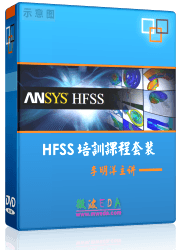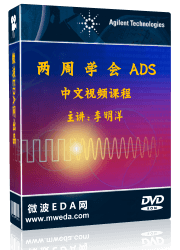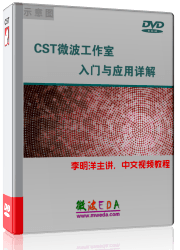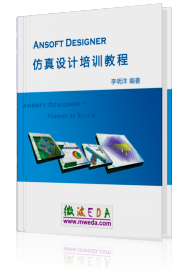Probe &endash; General
 Monitors
Monitors  Field Probe Field Probe  General General
Probes are used to record one particular component of the electromagnetic
field in a specified location during the transient analysis. Probes are
available for locations inside and outside the calculation domain. The probes outside the calculation domain are
time domain farfield probes. For more information about farfields, see
the Farfield Overview
page.
The primary result is ”Probe time signal” for both probes.
This probe time signal is used to automatically derive frequency domain
results using the Fourier transform.
The Fourier transform results will be normed such that the input power
is normed to 1 W for each frequency point. With this normalization, the
frequency domain data can be considered as being a transmission function
between the stimulation port and the electromagnetic field at the probe’s
position and orientation. However, in case of Discrete
Voltage or Current Ports as well as
Plane Wave
excitation the resulting data corresponds to the user defined excitation
amplitude. Please refer to the Reference Value and Normalization Overview page for general information about the different
excitation conventions.
All of these results can be accessed from the navigation tree under
the ”1D Results->Probes” folder. This folder will contain
items for each probe where the names of the items correspond to the names
assigned to the probes. The data will be updated as soon as the simulation
has been started.
The results can be visualized by selecting the proper item from the
navigation tree.
Name
Enter a valid
for the field probe. As soon as the solver has started, the time signal
of the field probe can be accessed under this name from the .
Automatic labeling
This check button enables or disables the automatic
labeling for the defined probe. The automatic generated label consists
of the selected field type, orientation and position.
Field
Select which electromagnetic field to record.
You can choose between the electric field (E-field)
or the magnetic field (H-field)
for probes located inside the calculation domain. Farfield
probes may be selected using the entries E-field
(farfield), H-Field
(farfield) or RCS.
Coordinate System
If you have chosen
a farfield time domain probe by selecting the appropriate entry in the
Field drop-down list, you may
select among different coordinate systems for the position and the orientation
of the probe. The available coordinate systems are "Cartesian",
"Spherical", "Ludwig 2 Azimuth over Elevation", "Ludwig
2 Elevation over Azimuth" and "Ludwig 3". More information
about the coordinate systems can be found at the Farfield Overview, the Farfield View and the Farfield Plot -Axes pages.
Orientation
Select the orientation of the field probe. The
component of the specified electromagnetic field in this coordinate direction
will then be recorded as a one-dimensional time signal. For probes inside
the calculation domain, only the X,Y or Z orientation can be selected.
The field component of the farfield probes
refers to the selected coordinate system.
It is also possible
to create simultaneously (orientation all) a set of probes with all the available
orientations depending on the coordinate system. For instance for the
cartesian coordinate system
the probes are generated in the x-, y- and z- direction whereas for the
spherical coordinate system the
probes are in the theta- and phi- direction. This feature allows to inspect
all the field components at the same time together with the global field
magnitude computation.
Position
Enter the location of the field probe in global
coordinates X/Y/Z for probes inside the calculation domain. The automatic
mesh generation will try to automatically define a mesh node at this position.
For farfield probes,
enter the location in coordinates with regard to the selected coordinate
system.
OK
Stores the current probe settings and leaves
the dialog box.
Apply
Stores the currently defined probe. The dialog
box open remains open.
Cancel
Closes this dialog box without performing any
further action.
Preview
Checks the values and shows the Probe as a Preview.
Help
Shows this help text.
See also
Probe,
Probe
- Decoupling Plane, Probe - Origin, Monitor, Modeler
View, Farfield Overview,
Farfield
View, Farfield Plot -Axes




HFSS视频教程
ADS视频教程
CST视频教程
Ansoft Designer 中文教程
|